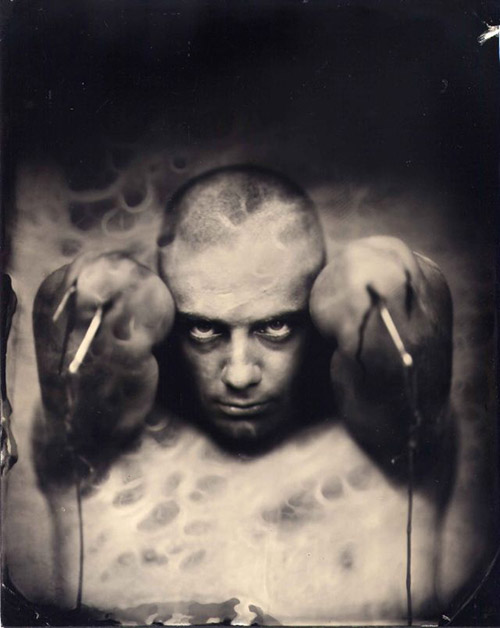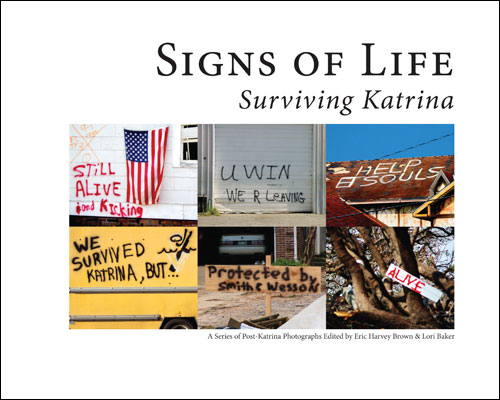From the AlternativePhotography.com newsletter:
For all those of you who wants to know the ins and outs of the chrysotype process, here are two invaluable books from Dr. Mike Ware. As usual, thoroughly researched, they offer the first published monographs detailing the use of pure gold in photographic imaging. Gold in Photography and The Chrysotype Manual are the culmination of years of meticulous and methodical experimentation by Dr. Mike Ware, the leading researcher in the fields of iron-based photographic printing and conservation. And, don’t miss the interview!


